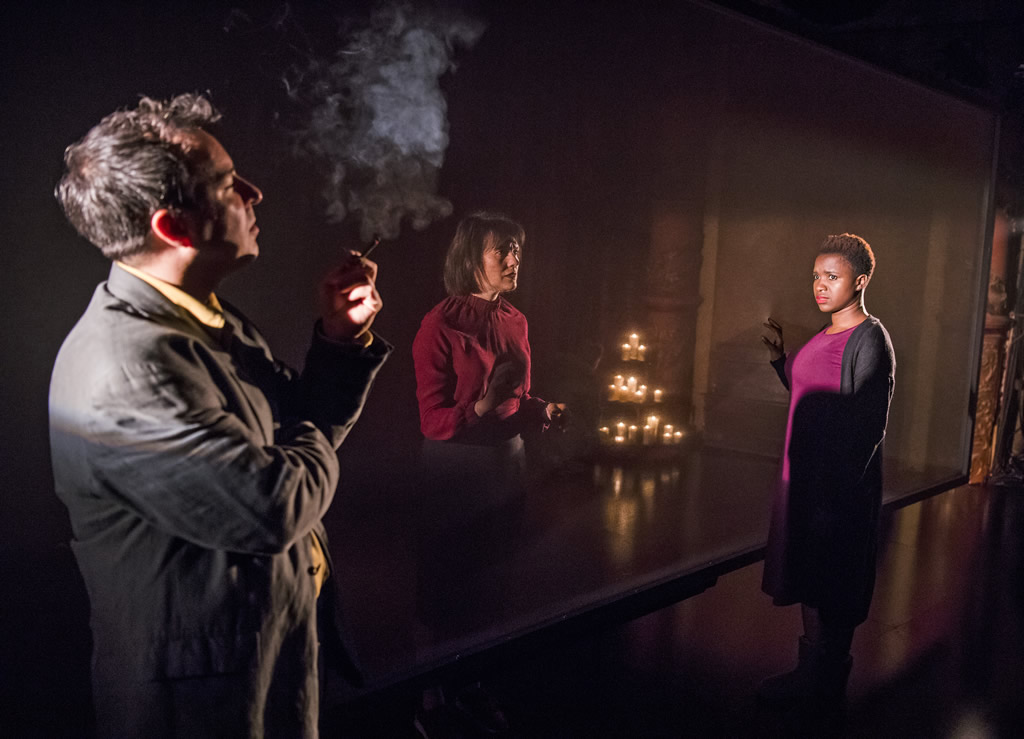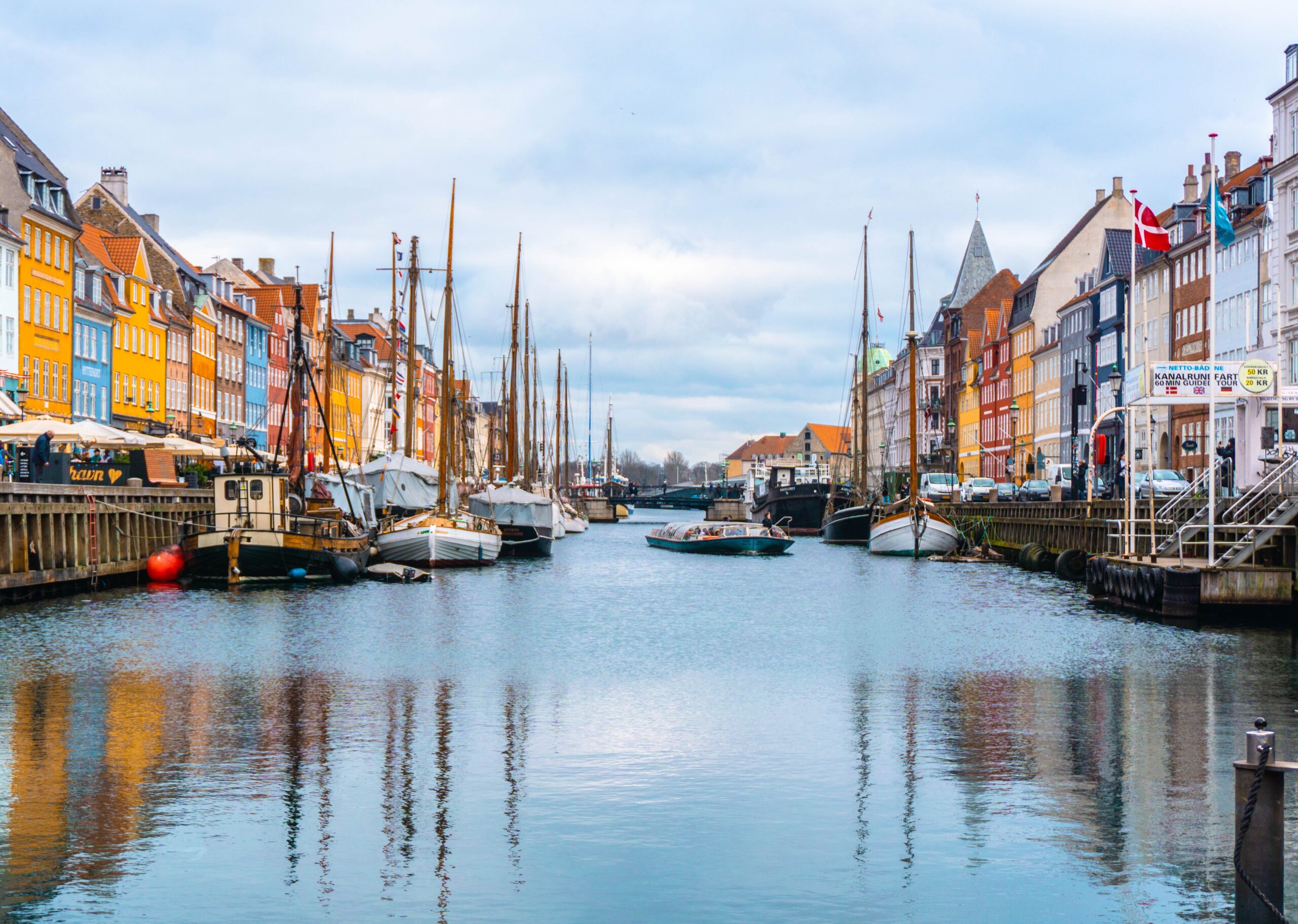Localisation
A preliminary point was the question of localisation; if it were to be translated into English, how would this book be positioned? Who would be the target audience? The extract under consideration was very much geared towards a Swedish audience, so a translator would have to make decisions on various fundamental linguistic and cultural questions right from the outset. For example, the narrative of the book is structured around the pronoun vi (“we”), a construction very common in Swedish texts, but much less so in English. Should this Swedish-style narrative device be retained in the English, or might a different approach be preferable? If so, what?
The book uses examples of scenarios that are very much entrenched in Swedish culture, and employs references and stereotypes that English language readers may not understand. Should those cultural references by kept in the English, in the expectation that, for example, this book would appeal to the recent British appetite for all things Scandinavian, with a title such as: “The Art of Making Impressions the Swedish Way”? If so, the translator may want to retain some of the Swedish elements of the text. If not, alternatives would have to be found.
In this text the voice of the motivational speaker comes through clearly on the page and it was agreed that it is aimed at lay people with no expertise in psychology, reading for general interest and for tips on how to become more aware of the environment and of their own, as well as others’, behaviour.
Sex and gender
Dr. Ahola’s text includes the gender-neutral pronoun hen, the use of which has become commonplace since being included in the Swedish Academy’s authoritative glossary on the Swedish Language in 2015. This pronoun is very specifically gender-neutral, and can be used to refer to a person who does not wish to be designated a specific gender. Should hen be translated as “he or she”, “she or he”, “s/he” or “they”? There was a general view that “they” is preferable here, given that it is rather less cumbersome than the other alternatives, and reflects the neatness of hen, even if it side-steps that new pronoun’s very specific and pointed gender-neutrality.
There was also some debate on how to translate kön. Should this be “sex” or “gender”? And did it matter? The argument was made that “sex” was most appropriate as the discussion focused on stereotypes, and the basic fact of whether a person is male or female in and of itself gives rise to stereotypes. On the other hand, “gender” was considered to be a more inclusive term that covered a wider set of connotations than simply the biological sex of the relevant person; and the term “gender” seems to be used more frequently than “sex” today.
Cultural stereotypes
Dr. Ahola illustrates her comments with two mini case studies, which gave rise to a number of cultural and social issues for the translators to consider.
The first case study concerns your new work colleague, Ronaldo, who comes from Brazil. Your unconscious stereotype image of people from Brazil is that they love football and dancing, but Ronaldo loves neither, and there is a description of Ronaldo being dragged on to the dance floor at an office party and being painfully embarrassed by the whole experience. You explain away his unusual behaviour by telling yourself that he was undoubtedly born with rhythm, but that he must have lost it thanks to living in Sweden: Vi här i Norden har ju inte samma tradition, tanker du. This sentence was variously translated around the basic meaning: “Here in Scandinavia we don’t have the same tradition, you think”.
Again, the starting point was localisation. If the translator has decided to domesticate the text to a significant degree, such that the narrative is squarely set within an English speaking environment for the British market, she or he may consider localizing the examples in the book in Britain. Given UK immigration requirements and restrictions, it might be unlikely that a worker from Brazil would find her or himself in this office environment in the UK. It would perhaps be preferable to use an example of a different nationality to illustrate the same point. By the same token, what might work as a credible and resonant example for the British market might not work in another English language context, such as a global or transatlantic audience.
Another issue of debate was how to translate the word Norden. Although this is formally translated as “the Nordic countries” (namely, Denmark, Finland, Iceland, Norway and Sweden), it is colloquially used in Sweden to refer just to Denmark, Norway and Sweden, and therefore “Scandinavia” would be a more accurate choice here. However, this ties in again with the target audience. If the decision has been taken to market this book as part of the British Swedophile mood and to position it as a guide to how-to-make-a-good-impression-the-Swedish-way, then retaining a reference to the Nordic countries/Scandinavia, together with the inclusive “we” would seem appropriate. If, however, it has been decided to domesticate the text so that it is a how-to-make-a-good-impression-in-general book, it would be best to remove the reference to the region entirely. Another approach would be to make a broad distinction between north and south, for example by contrasting Brazil with, for example, “Northern Europe” or “the Northern hemisphere”. Again, it shows the importance of determining quite clearly in advance precisely for whom this book is intended, in its translated form.
The second mini case study concerns your new friend, Sten-Ove, who represents a specific type of Swedish stereotype. He is from Norrland, and you meet him on a ferry to Finland.
Finlandskryssning (literally, “Finland crossing”) refers to the boats that travel non-stop from Sweden to Finland and back again so that the passengers can stock up on cheap alcohol. A number of the translators used the term “booze cruise”. It was suggested that British readers would associate this term with the cheap trips from the south coast of England to France in the days when there was duty free shopping between the two countries. The Sweden/Finland booze cruise is quite a specific cultural phenomenon. The boats used for these trips are like enormous floating parties, with numerous bars and discos on board, so the phrase “booze cruise” may not encompass the connotations involved in the Nordic experience.
The region of Norrland is the most northerly part of Sweden, a vast area which includes Swedish Lapland. The stereotype of someone from this region will of course be familiar to Swedish readers, but it is highly unlikely that this stereotype will resonate with an English speaker. Again, if the text is being translated as part of a “taste of Swedish life” genre, then an example like this will undoubtedly be interesting to an English reader who wants to know more about Sweden, or the “Swedish” way of doing things. In that case, the translator might well include a little more information about Norrland.
If, however, this text is being domesticated, then perhaps this example simply doesn’t work here. The point of these case studies is to trigger in the reader’s mind an unconscious image. If further information needs to be given to explain the sort of image that should emerge with this trigger, then one of the functions of the text will, arguably, be undermined. It may be preferable to replace Sten-Ove and/or Norrland with a stereotype that will speak much more clearly to an English reader.
It is possible to employ national rather than regional stereotypes, avoiding the potential risk of offending certain readers in a British market: The notion of a rather stiff and polite German, used by one translator, instantly triggers in a British mind a classic national stereotype, which is something of a jokey, broad-brush collective approach to another nation. It was generally felt that this approach was preferable to trying to find a regional stereotype from within the UK.
There was some discussion of whether, despite the current fashion for all things Scandinavian, the English-speaking reader would recognize the stereotype of Swedish reticence or reserve. Some considered that the British have a very positive view of Swedes in general, and wondered whether a less positive national stereotype would be more appropriate in this particular scenario.
A natural consequence of changing the regional Swedish stereotype to a national stereotype is that many of the details of the case study would also need to be amended; for example, the German is thought to be “stern, humourless, hard-working and reliable”, whereas the stereotype of Sten-Ove is “calm, laid-back, pleasant and reliable”. In one translation the action takes place in a British pub rather than on a party boat, and in another, Sten-Ove’s hyperactive exuberance is explained away by his enjoyment of a holiday in the sun. For some, this was a step too far, though it was agreed that if this approach were to be adopted in a real scenario, the point ought to be raised with the author/publisher to highlight the difficulties attached to culturally specific case studies like this.
A non-fiction work on psychology is at first glance a rather unusual brief for discussion by a group of literary translators, but the rich and wide-ranging debate on numerous questions that emerged during the workshop shows that the practice of translation is a constantly demanding one that requires an intense engagement and critical reading of any text, whatever the genre. As always, the practice of doing and then comparing and discussing was a highly stimulating and interesting exercise for the translators.
There are many different ways to make an impression. As the in-depth discussions over this short extract showed, translating is the art of considering as many ways as possible to do it.
Many thanks to the Swedish Embassy for providing a venue for this workshop.
The rights to the book are available from Maria Enberg at The Enberg Agency.

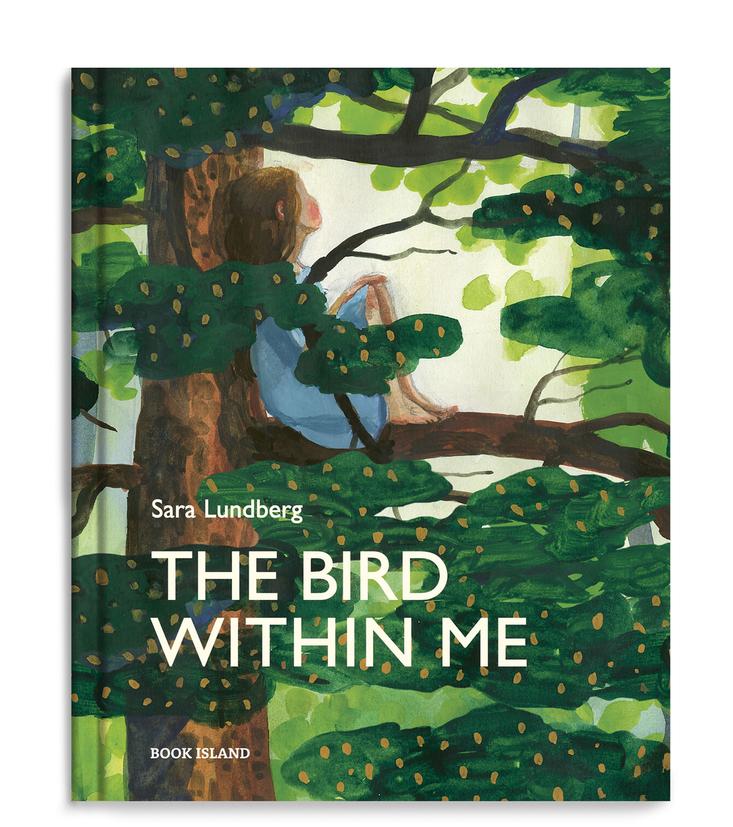
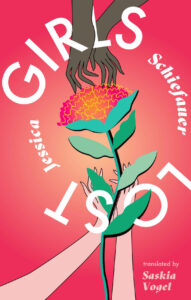
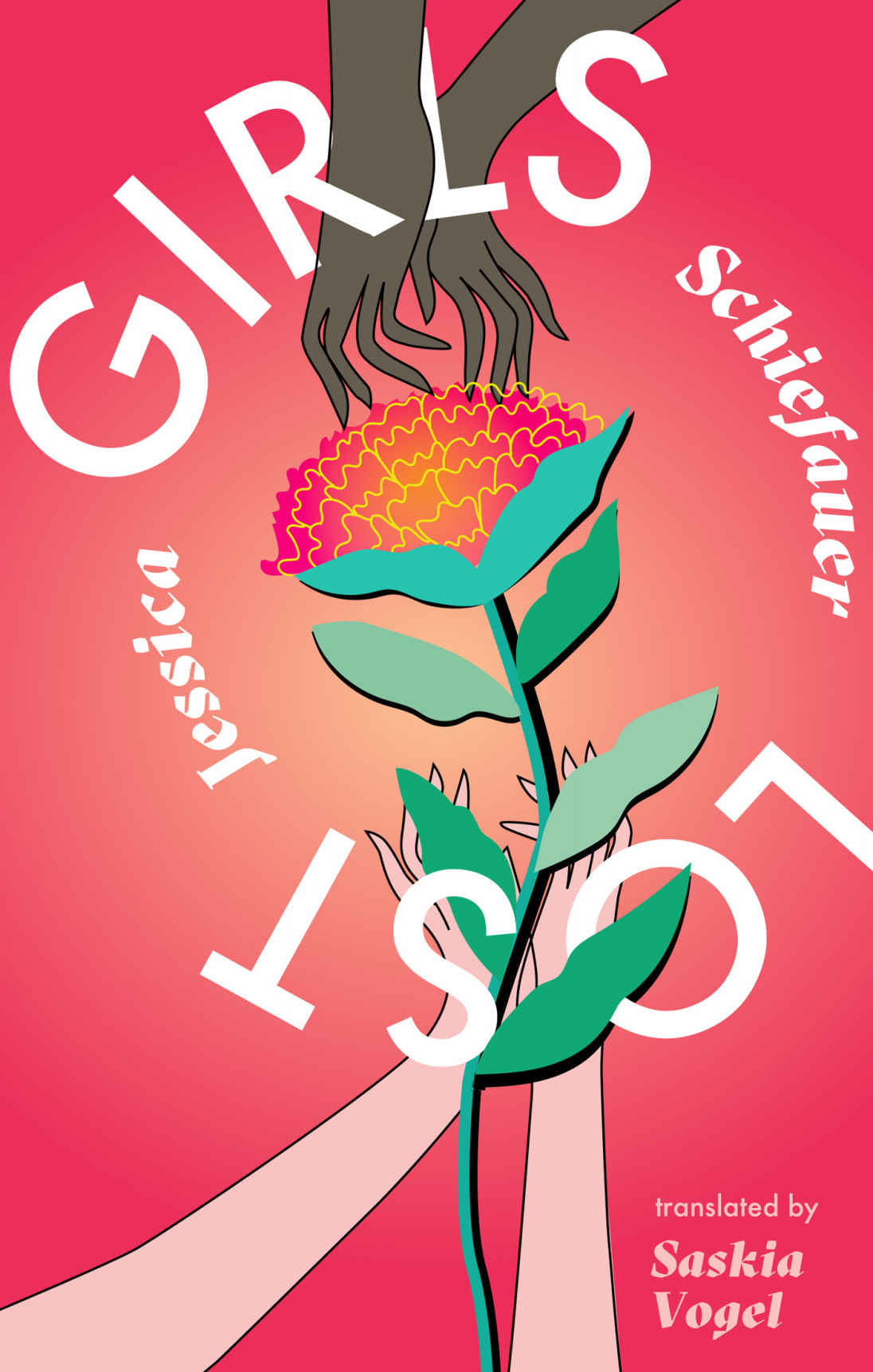

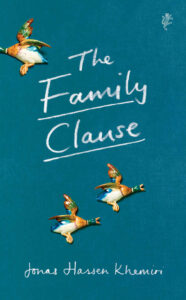

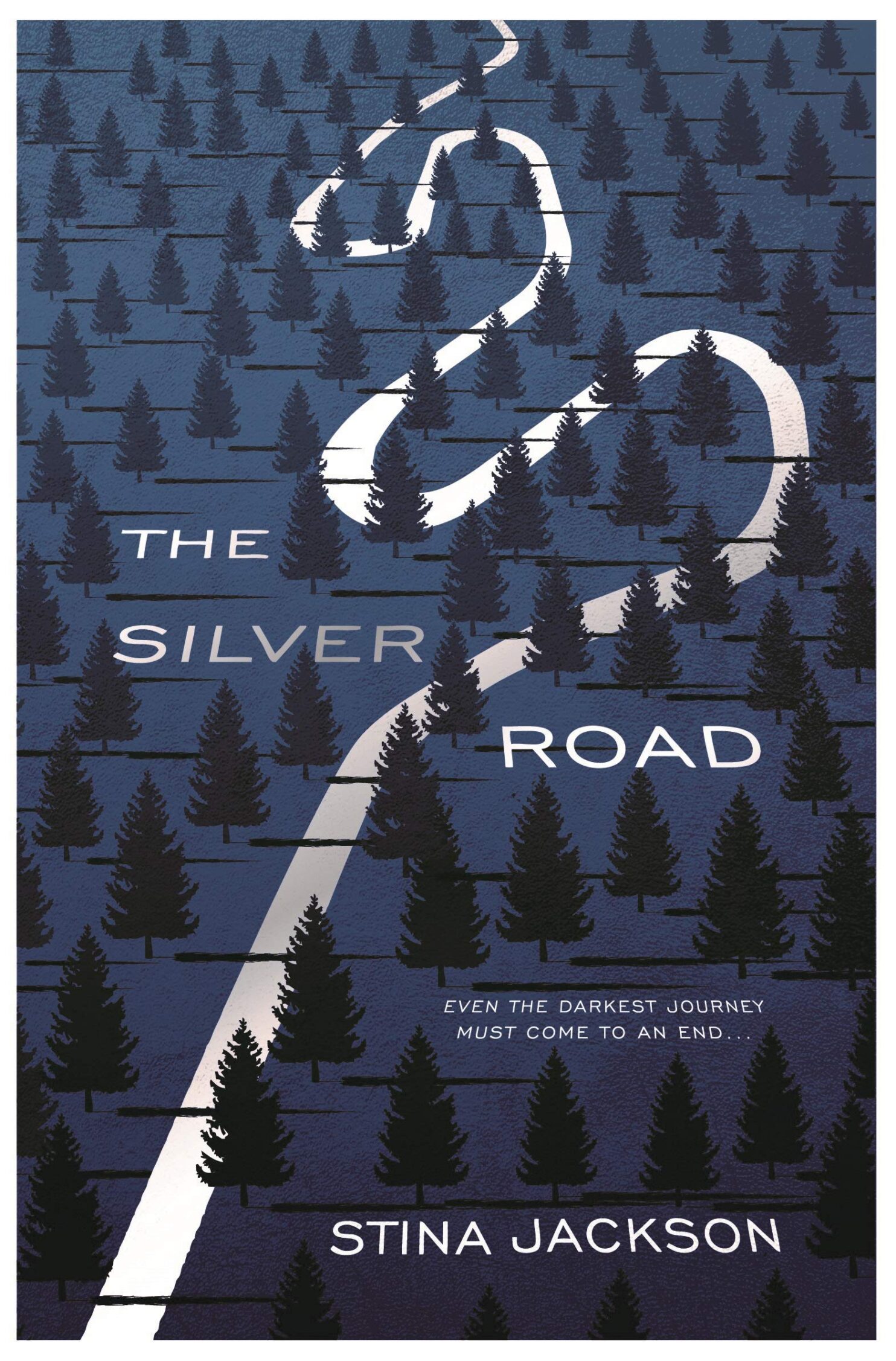

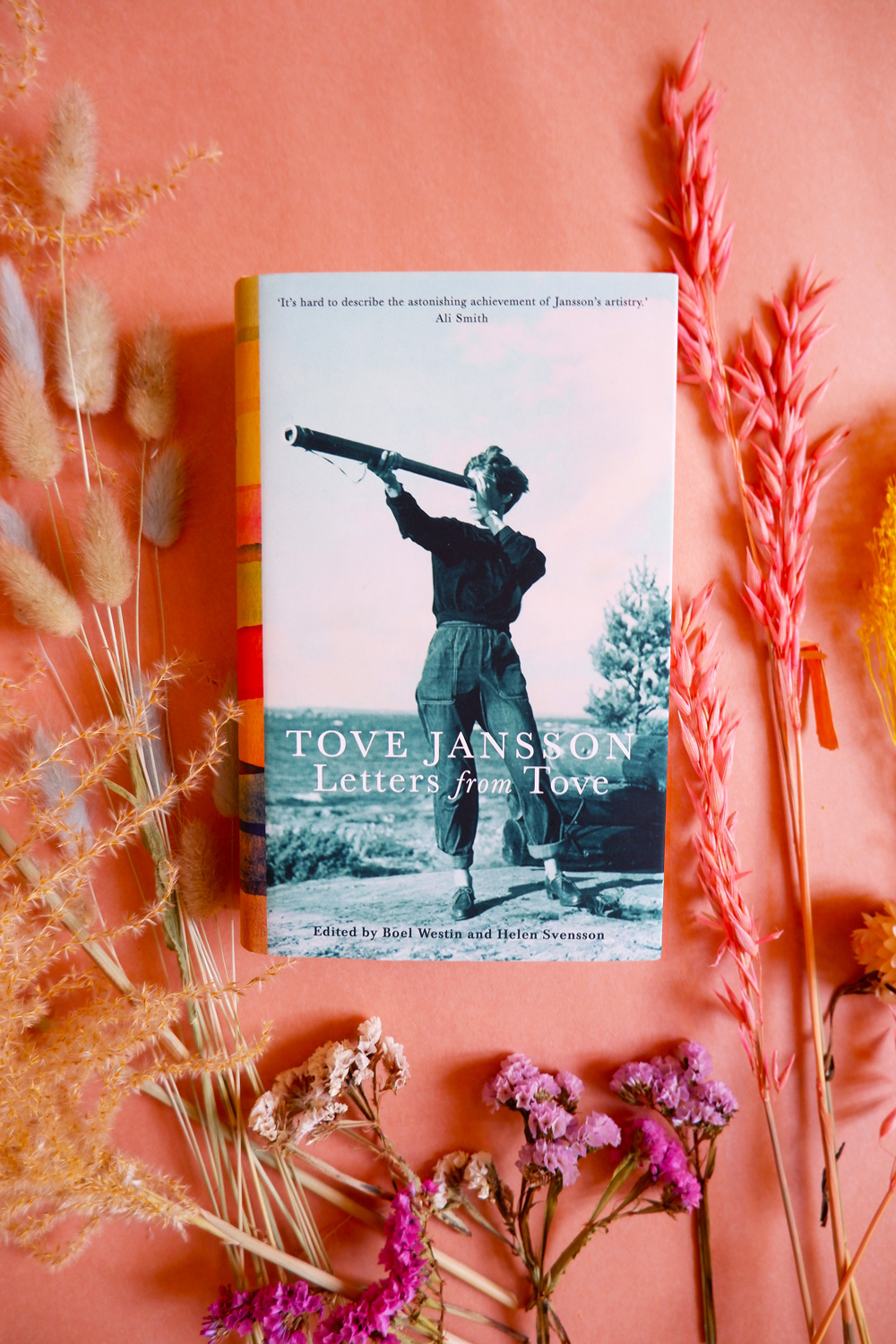
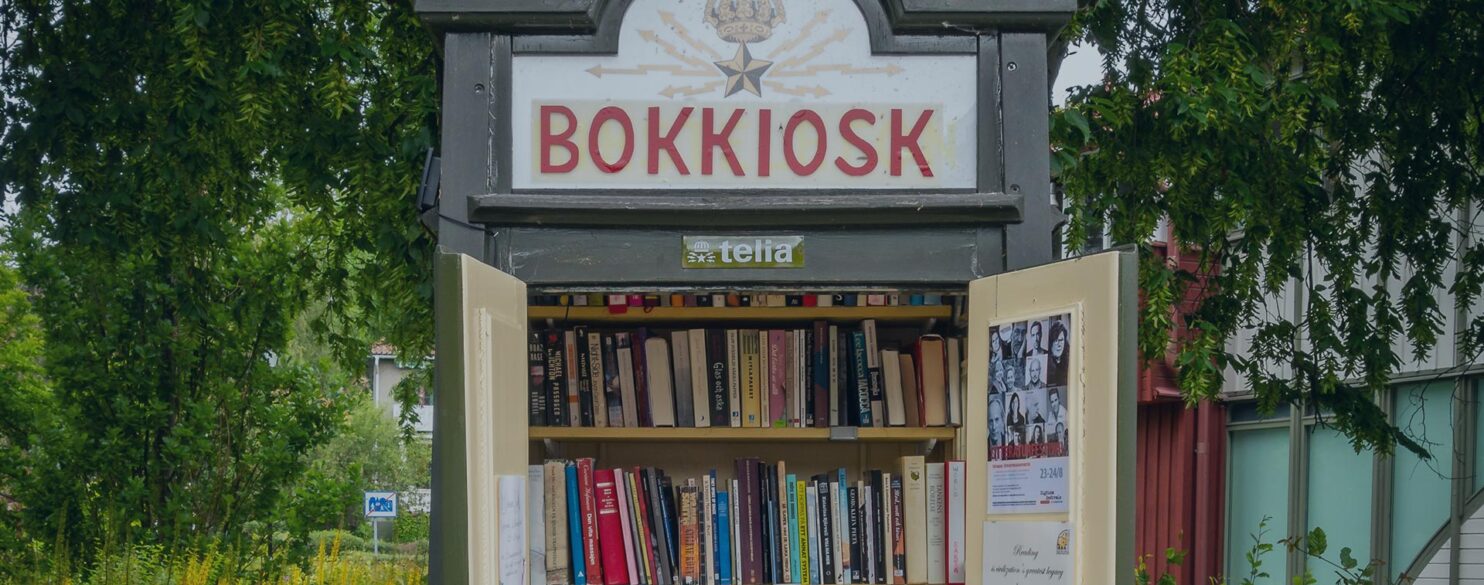
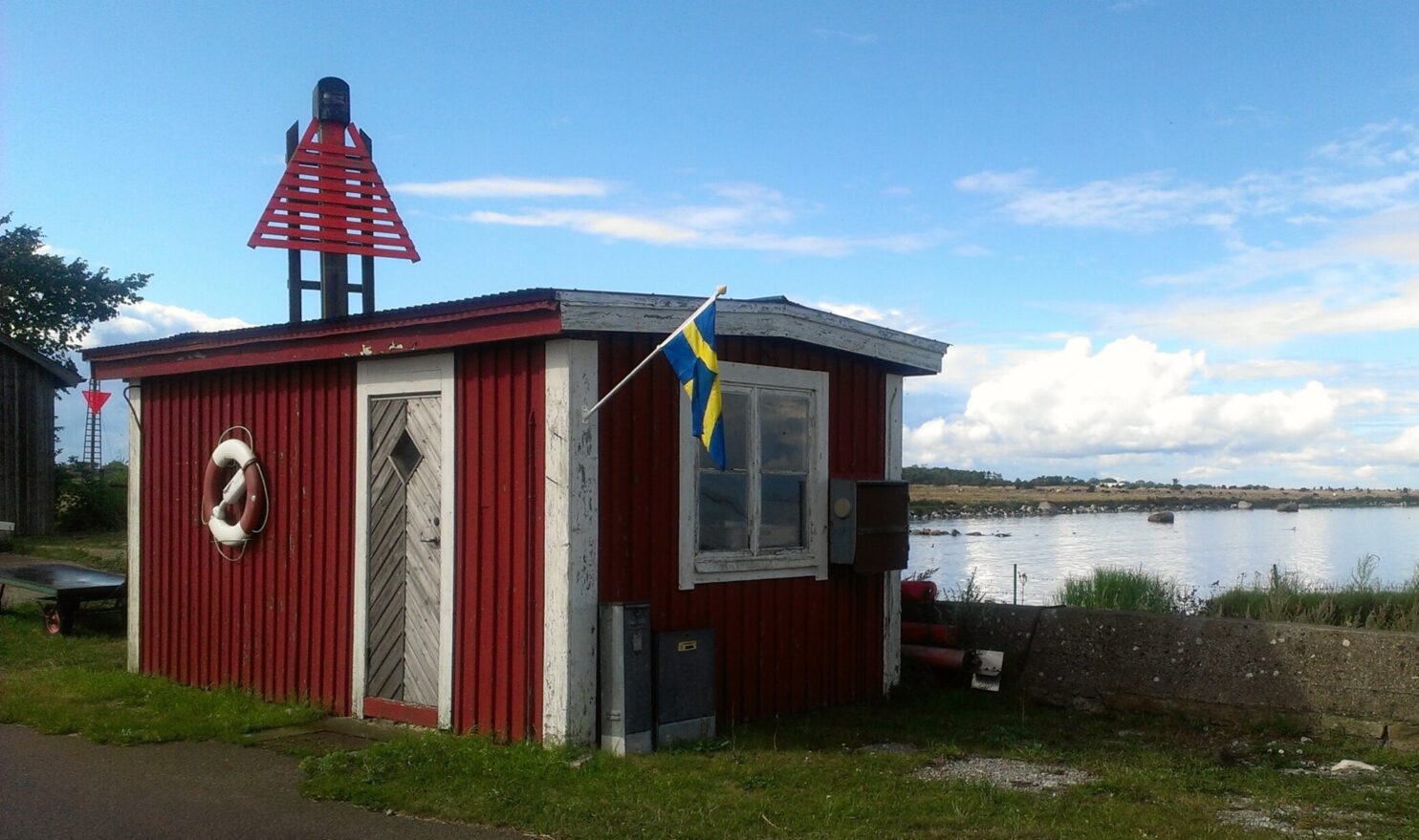
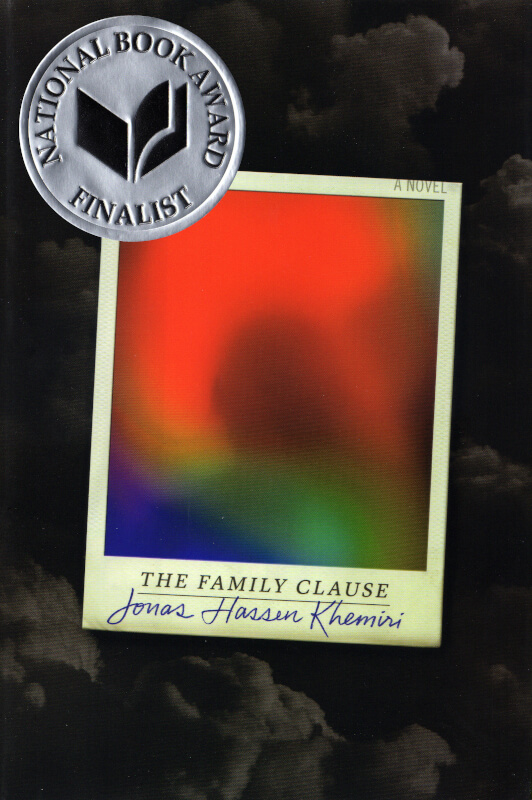

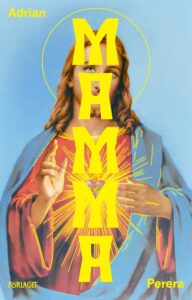
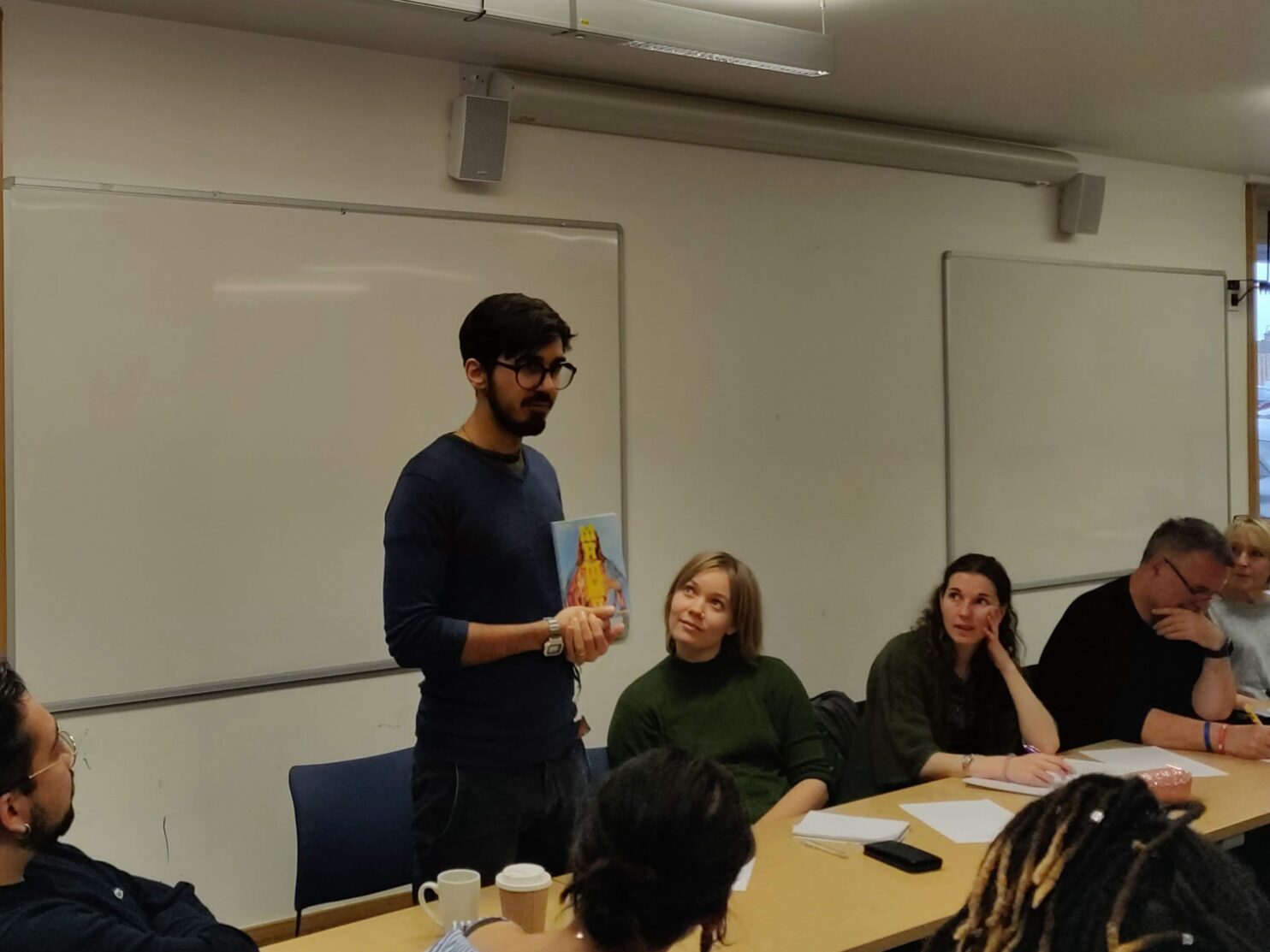
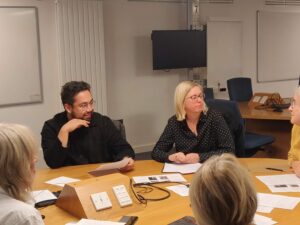
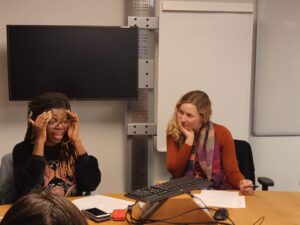
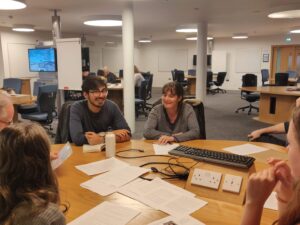
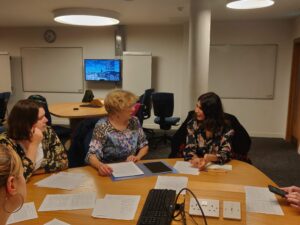
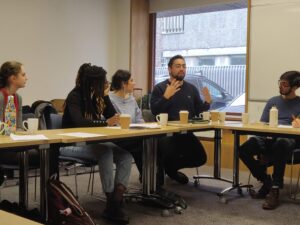 After a lovely lunch and some good chats among the participants, the afternoon session kicked off with Kayo Mpoyi and Joel Mauricio Isabel Ortiz introducing us to their work. Kayo’s “Mai Means Water” is based upon the myths told in her family, while Joel’s “A Story of a Son” is an exploration of how bad things can get and is definitely not autobiographical. The following workshops with the authors provided valuable feedback about how they as authors would like to see their work presented in another language and how, as a translator, you can sometimes set off on the wrong track and only realise it right at the end.
After a lovely lunch and some good chats among the participants, the afternoon session kicked off with Kayo Mpoyi and Joel Mauricio Isabel Ortiz introducing us to their work. Kayo’s “Mai Means Water” is based upon the myths told in her family, while Joel’s “A Story of a Son” is an exploration of how bad things can get and is definitely not autobiographical. The following workshops with the authors provided valuable feedback about how they as authors would like to see their work presented in another language and how, as a translator, you can sometimes set off on the wrong track and only realise it right at the end.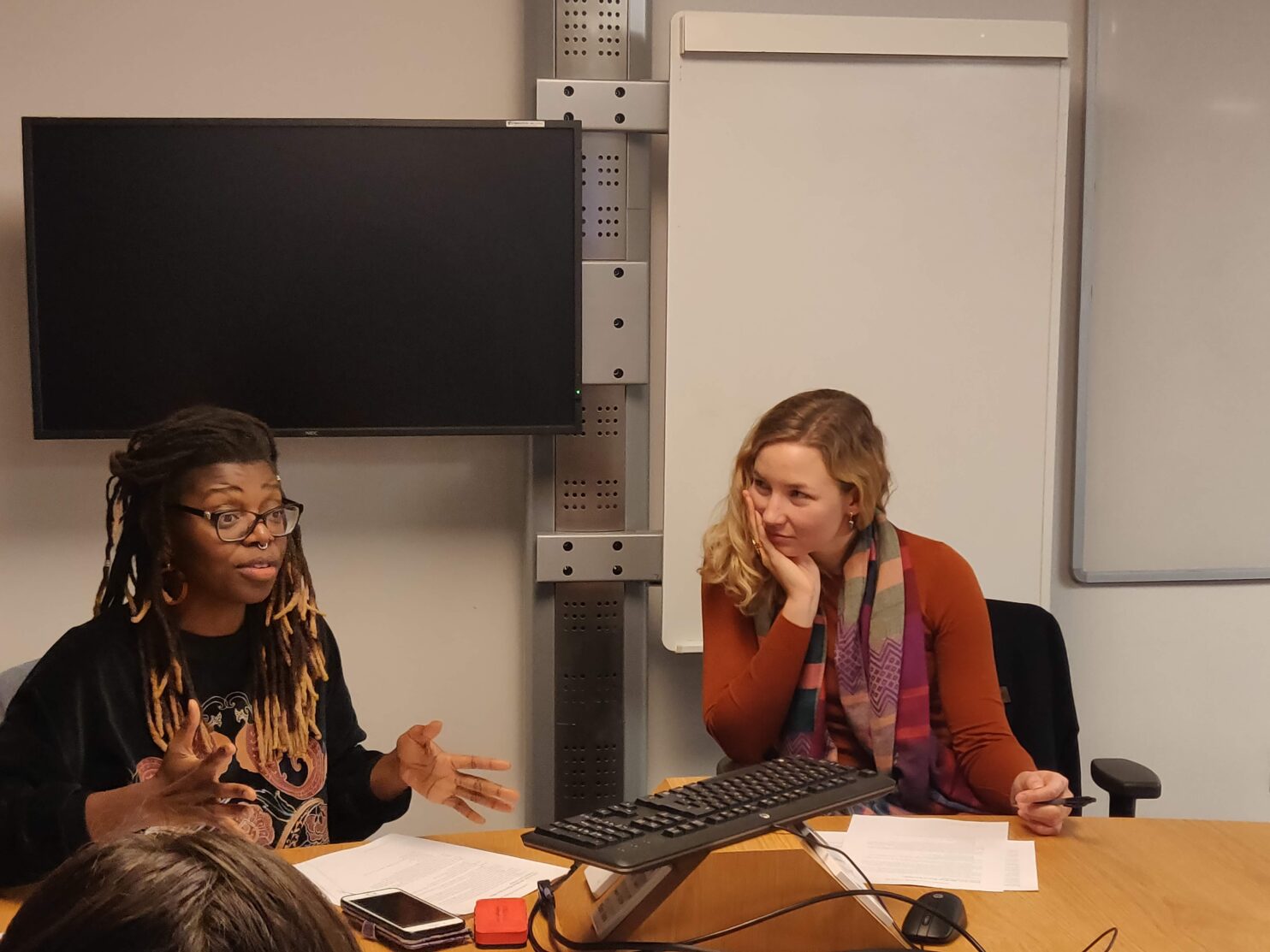

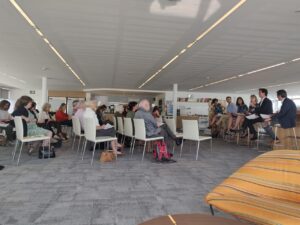 There were a couple of questions from the audience relating to how the process works when applied specifically to translated titles. In general, dealing with foreign literary agents was deemed a rarity (and it was noted that many countries simply don’t have any), with publishers often choosing to look and see what their ‘partner’ publishers abroad were acquiring. None of the panelists had experience with translations, but they had consulted Katharina Bielenberg of MacLehose Press beforehand. The reported response was that many acquisitions were done on the basis of trust and long-term relationships with foreign publishers and authors.
There were a couple of questions from the audience relating to how the process works when applied specifically to translated titles. In general, dealing with foreign literary agents was deemed a rarity (and it was noted that many countries simply don’t have any), with publishers often choosing to look and see what their ‘partner’ publishers abroad were acquiring. None of the panelists had experience with translations, but they had consulted Katharina Bielenberg of MacLehose Press beforehand. The reported response was that many acquisitions were done on the basis of trust and long-term relationships with foreign publishers and authors.
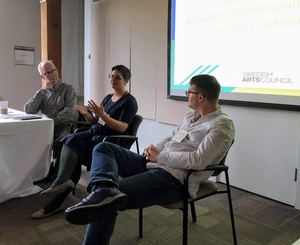 The Swedish-Eglish Literary Translators’ Association (SELTA) was founded in the UK in 1982 and has since served the interests of its members – practicing, professional literary translators – as well as promoting Swedish-language literature to the English-speaking world through its house journal Swedish Book Review. Swedish Translators in North America (STiNA) was established in 2004 to represent the interests of literary translators of Swedish working in the USA and Canada. The Association of Danish-English Literary Translators (DELT) is very much the new kid on the (Scandinavian literary translation) block, having been first established as a network in 2014 before forming a full association in 2018. The three organisations come from different backgrounds, but all fulfil important roles in representing Scandinavian literary culture abroad.
The Swedish-Eglish Literary Translators’ Association (SELTA) was founded in the UK in 1982 and has since served the interests of its members – practicing, professional literary translators – as well as promoting Swedish-language literature to the English-speaking world through its house journal Swedish Book Review. Swedish Translators in North America (STiNA) was established in 2004 to represent the interests of literary translators of Swedish working in the USA and Canada. The Association of Danish-English Literary Translators (DELT) is very much the new kid on the (Scandinavian literary translation) block, having been first established as a network in 2014 before forming a full association in 2018. The three organisations come from different backgrounds, but all fulfil important roles in representing Scandinavian literary culture abroad.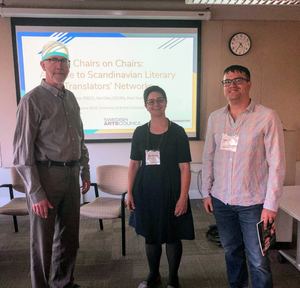
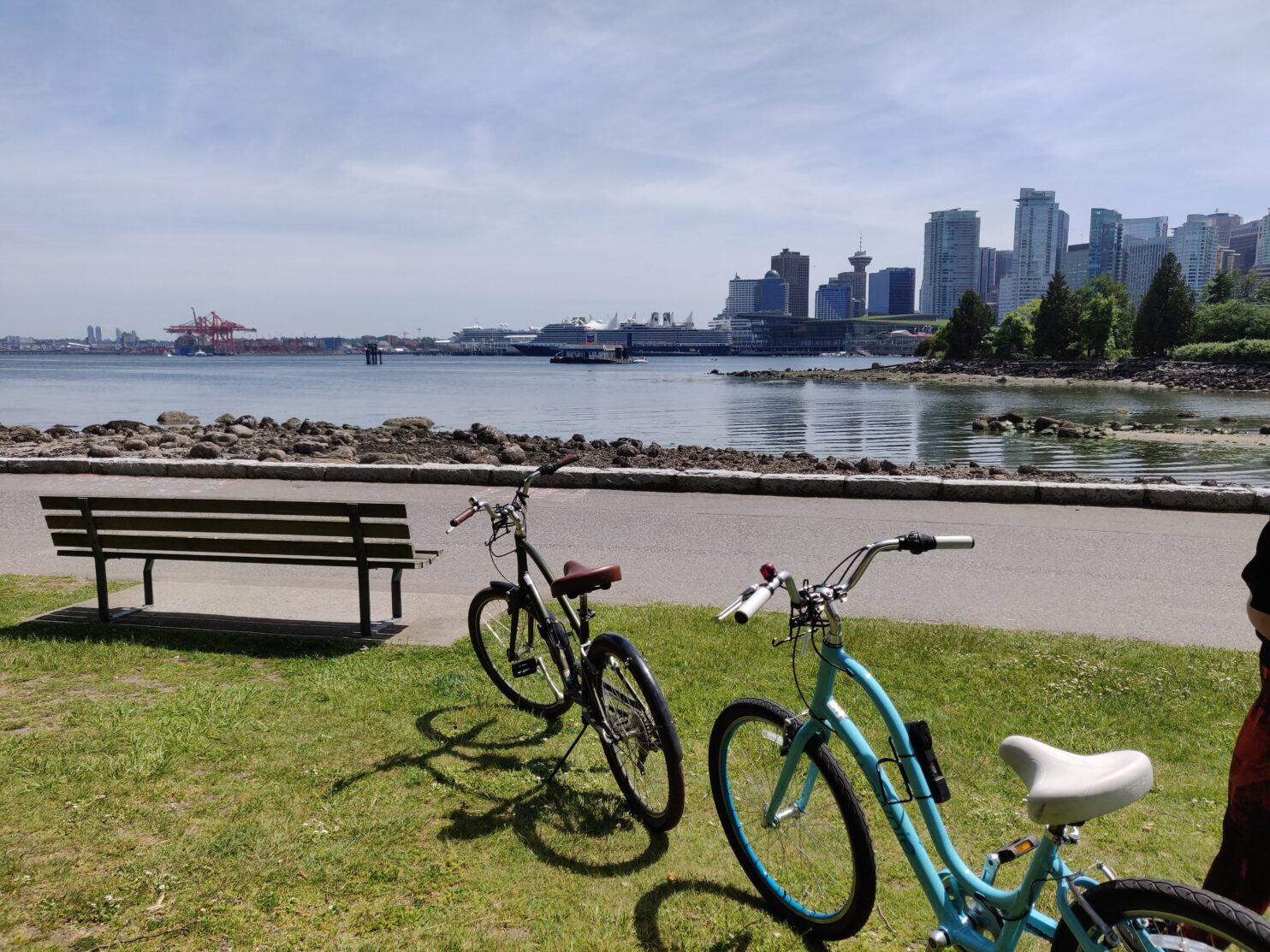



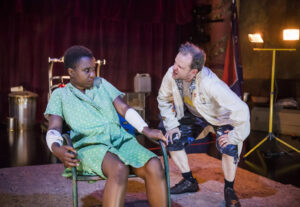 Following the interval, Terminal 3 opens with a giant screen that divides the space into two halves containing a young couple, He and She (Robert Stocks and Temi Wilkey) who are expecting their first child, and an older couple, Man and Woman (Barnaby Power and Hannah Young), who have come to identify their dead son. The space, which we are told is called “C” – or in a typical example of Norén’s comedic flippancy, “maybe ‘O’ with a bit missing” – thus doubles as a kind of waiting room for a maternity wing and a morgue respectively.
Following the interval, Terminal 3 opens with a giant screen that divides the space into two halves containing a young couple, He and She (Robert Stocks and Temi Wilkey) who are expecting their first child, and an older couple, Man and Woman (Barnaby Power and Hannah Young), who have come to identify their dead son. The space, which we are told is called “C” – or in a typical example of Norén’s comedic flippancy, “maybe ‘O’ with a bit missing” – thus doubles as a kind of waiting room for a maternity wing and a morgue respectively.